


Poland stands at the crossroads of Europe, a country that has long balanced deep traditions with a dynamic modern identity. But beneath the surface of its cobbled streets and medieval towns lies a country that defies expectations. With a history shaped by resilience, a culture steeped in tradition, and a modern spirit that’s full of innovation, Poland is anything but ordinary.
This article brings together some of the most fascinating, quirky, and little-known facts about Poland, not just for the sake of trivia, but to show how this Central European country continues to evolve, inspire, and surprise the world.
While Poland is rich in history and culture, it’s also home to plenty of quirks that will make you smile, laugh, or just scratch your head. Here are some of the lighter, more humorous sides of life in Poland.
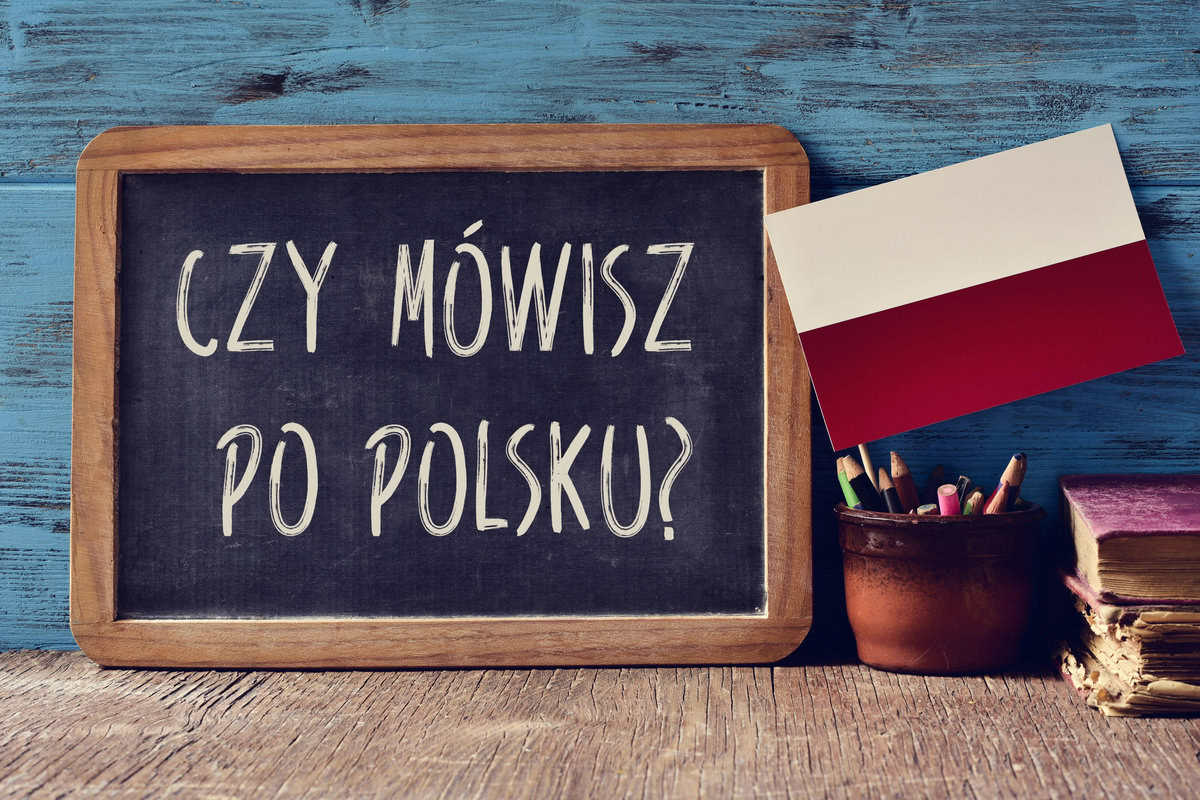
Polish is often ranked among the hardest languages in the world to learn. Why? Because one English word can translate into over a dozen Polish forms. For example, the word two has at least 17 different versions (dwa, dwie, dwóch, dwoma, dwaj…). Add in letters like “ą,” “ę,” and “ś,” and even locals admit spelling rules don’t always make sense. Oh, and last names change endings depending on gender: Mr. Kowalski is married to Mrs. Kowalska.
In Poland, almost every foreign film or TV show is dubbed – but instead of multiple actors, it’s usually one male voice reading all the lines. Imagine hearing the same gruff narrator voicing Bruce Willis, Julia Roberts, and a five-year-old child. To Poles, it’s normal; to visitors, it’s hilariously weird.
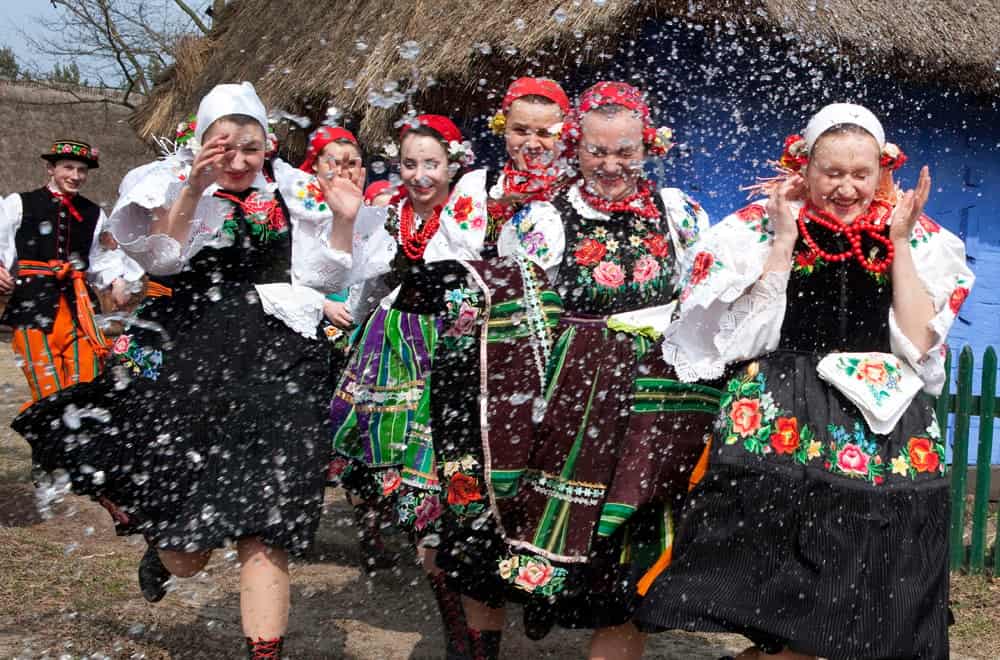
Photo: Śmigus-Dyngus, Water Fight, Marian Zubrzycki / Forum
Śmigus-Dyngus, or Wet Monday, is celebrated the day after Easter. The tradition? Throwing buckets of water at each other in the streets. What started as a pagan spring ritual turned into playful chaos – today, it’s a mix of flirting, family fun, and surprise ambushes with squirt guns.
Vodka is serious business in Poland – but so is humor around it. When someone sneezes, people say Na zdrowie! which means both “bless you” and “cheers.” So yes, in Poland, sneezing twice might just be taken as a good excuse to drink. Some even joke: sneeze three times, and love (or at least romance) is coming your way.
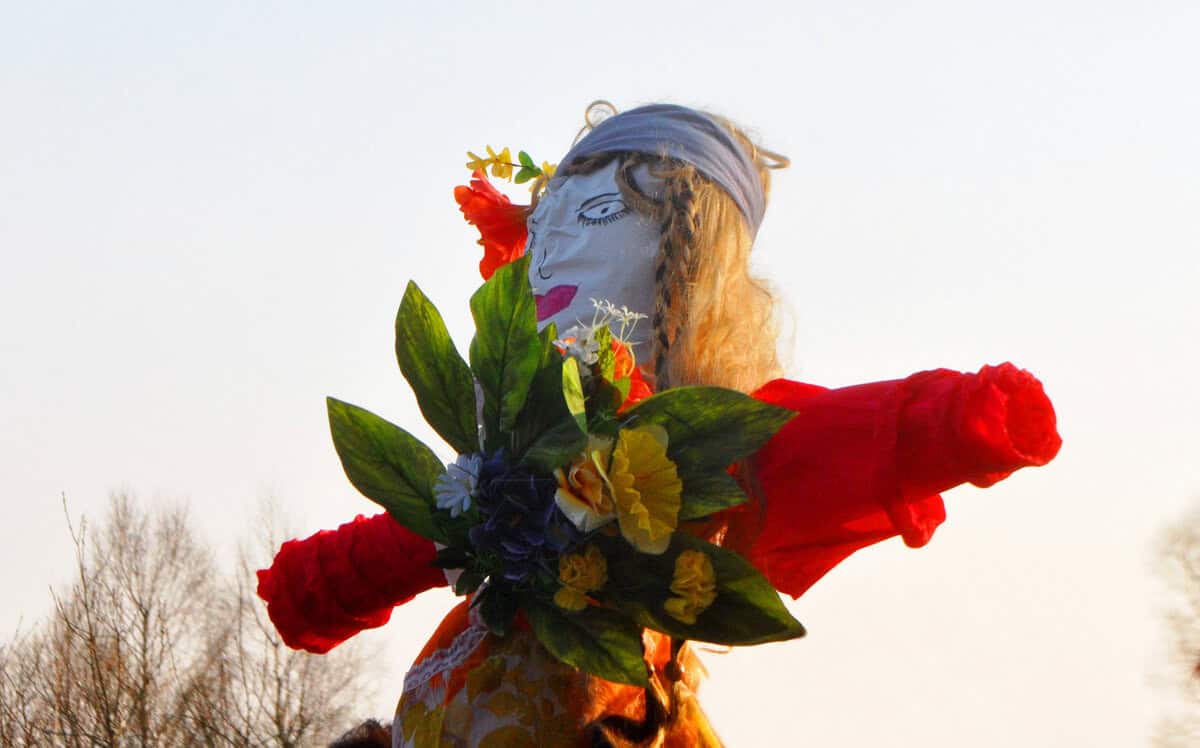
Marzanna, Miasteczko Śląskie (source: Wikimedia)
Every March, Poles build straw dolls called Marzanna, dress them up, and then drown or burn them to say goodbye to winter. It’s part ritual, part theater, and part slightly creepy – watching children cheer as a human-sized effigy floats down the river is uniquely Polish.
Poles are among the youngest to marry in Europe. While many Western Europeans wait until their thirties, it’s common in Poland to tie the knot much earlier. Some joke that in Poland, you don’t swipe right for long before it’s time to meet the in-laws.
If strength were a national sport, Poland would take gold. Mariusz Pudzianowski, a five-time “World’s Strongest Man”, is practically a folk hero. Strongman contests regularly feature Poles in the top ranks, and it’s no surprise that gyms here are always packed.
Parents in Poland can’t just name their child anything they want. If officials at the Civil Registry think the name is inappropriate, they can refuse to register it. Names like “Batman,” “Strawberry,” or “Tupak” have been rejected before. Some parents have taken their cases to court – but in general, the registry has the final say.
Poles can be charmingly superstitious. A stork in your garden means someone will soon get pregnant, a magpie signals a visitor, and black cats crossing your path are still considered bad luck. Don’t be surprised if a Pole refuses to sit at a table set for 13.
From underground cathedrals carved in salt to the world’s largest brick fortress, Poland is home to some truly one-of-a-kind places. This section spotlights the buildings, monuments, and natural wonders that have put Poland on the map.
The Wieliczka Salt Mine, just outside Kraków, is one of the oldest in the world, dating back to the 13th century. But it’s what lies beneath the surface that astonishes: vast chambers, intricate salt sculptures, and an underground chapel – all carved from solid rock salt over centuries. The mine stretches over 300 kilometers and reaches depths of more than 300 meters.

The Wieliczka Salt Mine Hall
In Szymbark, northern Poland, you’ll find a house built completely upside-down. Visitors enter through the attic, and furniture hangs from the ceiling. Opened in 2007, it symbolizes the confusion of life under communist rule. Visitors enter through a window, walk across the ceiling, and explore vintage furniture from the era. The tilted structure disorients your balance, making it hard to walk straight.
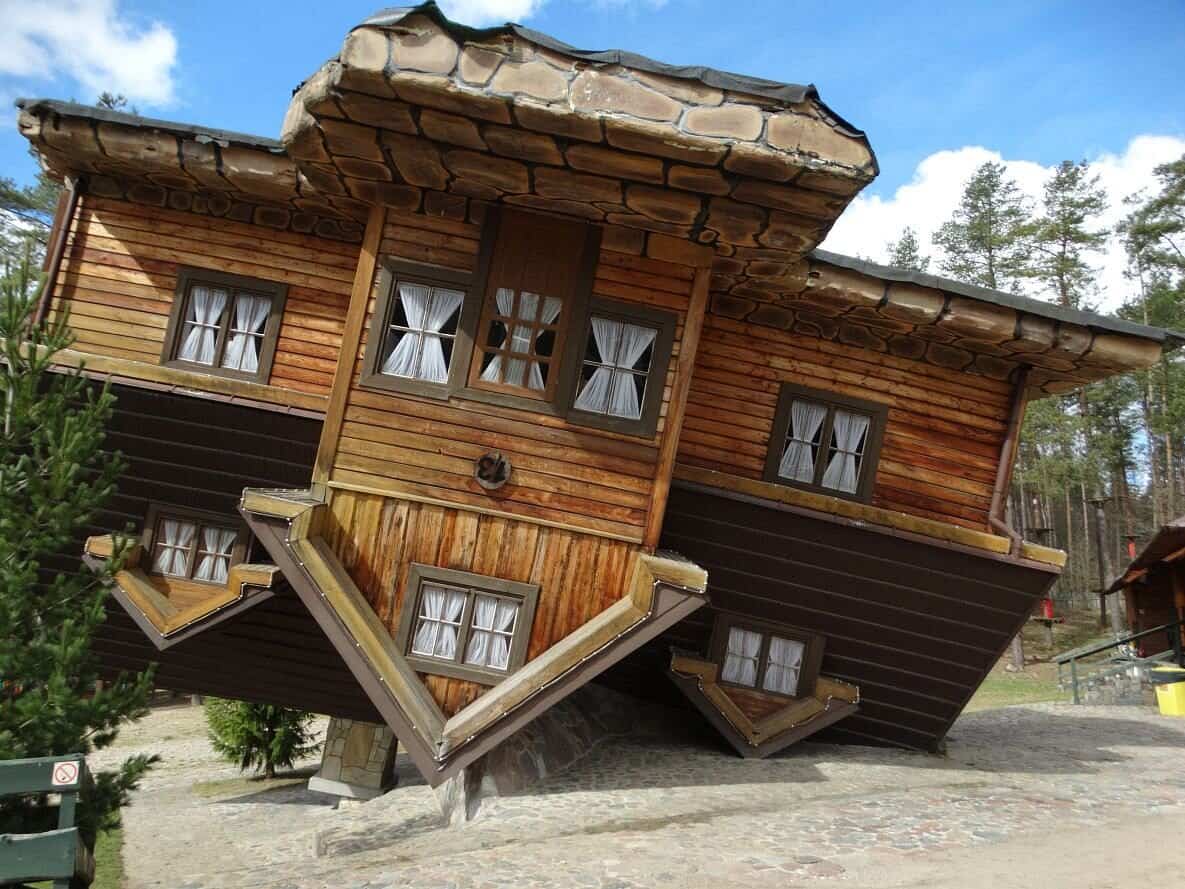
Upside-down house in Szymbark, Poland (Source: Tripadvisor)
The house is part of an educational center promoting Kashubian culture, where you can also see the world’s longest wooden board, the largest playing piano, and a museum of old appliances. Guided tours are available, so it’s worth adding to your travel list!
Malbork Castle, built in the 13th century by the Teutonic Knights, spans over 21 hectares, making it the largest castle in the world. It’s a UNESCO World Heritage Site and a towering example of Gothic brick architecture. Visitors can walk through its grand halls, medieval kitchens, armories, and fortress walls.
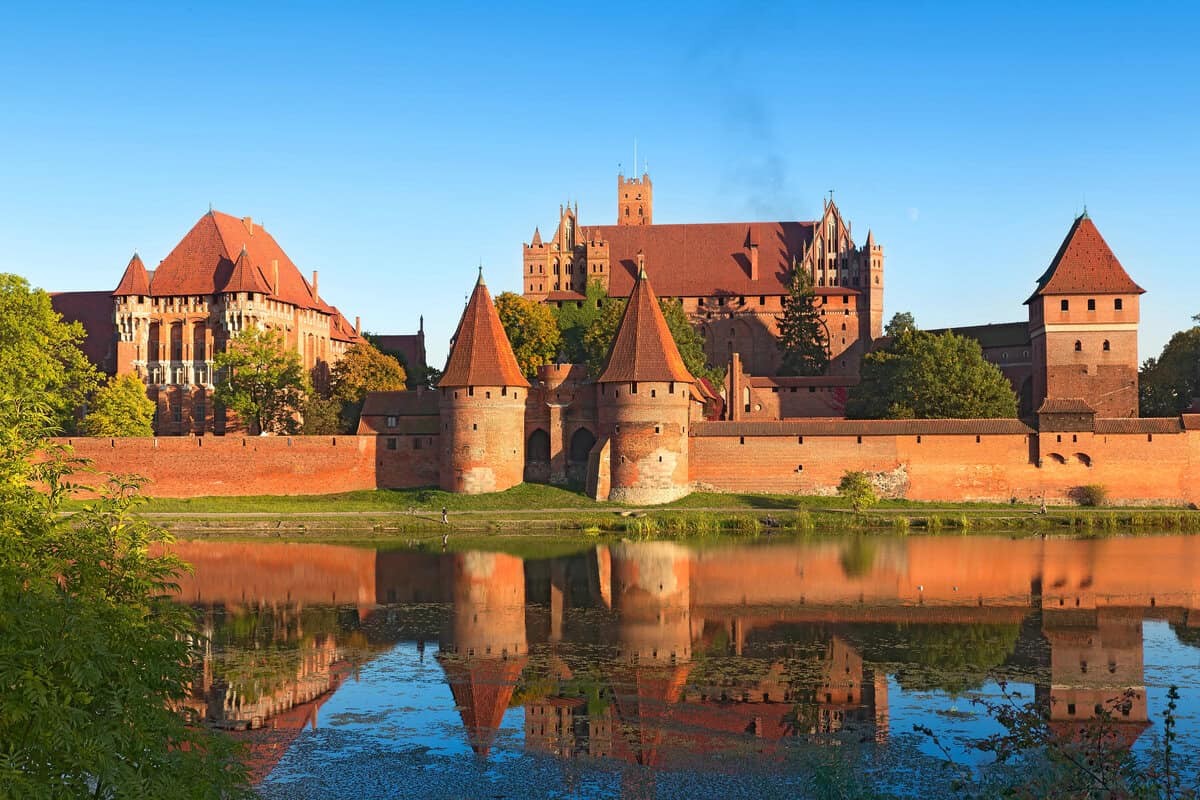
Warsaw’s Old Town is also a landmark in its own right – not because it’s ancient, but because it rose from the ashes. After World War II, over 85% of Warsaw was destroyed, yet the city was painstakingly rebuilt using old paintings and archives. Today, it’s a UNESCO World Heritage Site and a symbol of resilience.
Held annually in western Poland, the Pol’and’Rock Festival (formerly Woodstock Poland) gathers over 600000 attendees each year, making it the largest free open-air music festival in Europe. Inspired by the original Woodstock, it’s a celebration of peace, love, and music – with Polish flair.
Did you know that vodka may have originated in Poland? The earliest written mention of the word wódka dates back to 1405 in Polish court documents. Originally used as medicine, it later became a national staple, with varieties like żubrówka, flavored with bison grass, earning international fame.
Piwnica Świdnicka in Wrocław has been serving traditional Polish fare since 1273. Located in the cellar of the Old Town Hall, this restaurant offers not just food but a journey through centuries of history, where visitors can enjoy dishes once eaten by medieval kings.
The European bison, or wisent, the continent’s heaviest land animal, can be found in Poland’s Białowieża Forest – a remnant of Europe’s primeval woodland. This UNESCO-listed forest is also one of the last and largest of its kind, serving as a haven for biodiversity.

Poland’s history and geography might be storied and serious, but its sense of surprise and oddity is very much alive. In this section, we take a look at the cultural head-tilts that make Poland delightfully weird in the best way.
Yes, you read that right. The Błędów Desert in southern Poland spans over 30 square kilometers and was formed thousands of years ago during the Ice Age. Often called the “Polish Sahara,” it’s a bizarre sight in a country known for forests, lakes, and mountains. During World War II, it was even used for military training exercises.
In Poland, it’s common to add raspberry syrup to beer, creating a sweet drink called “piwo z sokiem.” It’s especially popular among those who prefer a milder taste. In colder months, Poles enjoy “grzane piwo,” a mulled version with spices like cinnamon and cloves.
In many Polish homes, it’s traditional to keep a live carp swimming in the bathtub before Christmas Eve dinner. The carp is later prepared for the holiday feast. The custom is rooted in Catholic fasting traditions and a desire for fresh fish – though these days, many families opt for fish filets instead of hosting a houseguest with fins.

Carp in the bathtub – Photo courtesy of Shutterstock
Winter swimming in frozen lakes, known locally as morsowanie, has become a national obsession. Enthusiasts claim health benefits from plunging into icy water, and you’ll find large communities that organize dips even in sub-zero temperatures, often followed by hot tea or a sauna session.
Did you know that Poland is home to 17 UNESCO World Heritage Sites? From the Auschwitz-Birkenau Memorial, a site of remembrance, to the underground wonders of the Wieliczka Salt Mine and the meticulously rebuilt Old Town of Warsaw, these sites showcase Poland’s rich cultural and natural heritage.
Poland also has some of the strictest gun laws in Europe. Owning a firearm is possible, but only after passing psychological exams, police interviews, and proficiency tests. For foreigners used to easy access, the process feels more like applying for a government job than buying a rifle.
Polish culture blends centuries-old customs with everyday habits that feel charming, surprising, and sometimes downright puzzling to outsiders. From pierogi-themed holidays to calendar-based celebrations, these traditions offer a peek into daily life in Poland and how deeply rooted cultural identity still is.
In addition to birthdays, Poles often celebrate their imieniny, or name day – a tradition linked to the feast day of the saint they’re named after. Calendars in Poland mark these days, and people often receive flowers, small gifts, or host get-togethers. In some cases, name days are even more socially celebrated than birthdays.

Pierogi, Poland’s iconic dumplings, are so beloved that they get their own day on October 8th. On Pierogi Day, restaurants roll out special menus, cooking contests pop up, and long queues form at popular pierogarnie. Whether stuffed with meat, cheese, mushrooms, or fruit, pierogi are a national comfort food.
Each autumn, families head to the forests with baskets in hand to hunt for wild mushrooms. It’s not just a rural hobby – it’s a nationwide pastime, and many Poles can identify dozens of species by sight. Foraged mushrooms are later dried, pickled, or added to soups and stews during the holidays.
On November 1st, cemeteries across Poland glow with thousands of candles as families honor loved ones who have passed. Wszystkich Świętych (All Saints’ Day) is one of the most important holidays in Poland, quiet, reflective, and profoundly moving.
Poland’s contributions to the world go far beyond its borders. Despite periods of political upheaval and even erasure from the map, the country has shaped global conversations in science, music, and social change. This section highlights some of the extraordinary people and milestones that define Poland’s global legacy.
Nicolaus Copernicus, born in Toruń in 1473, changed the course of science with his theory that the Earth revolves around the Sun. It was a revolutionary idea at the time, one that challenged centuries of belief and laid the groundwork for modern astronomy.
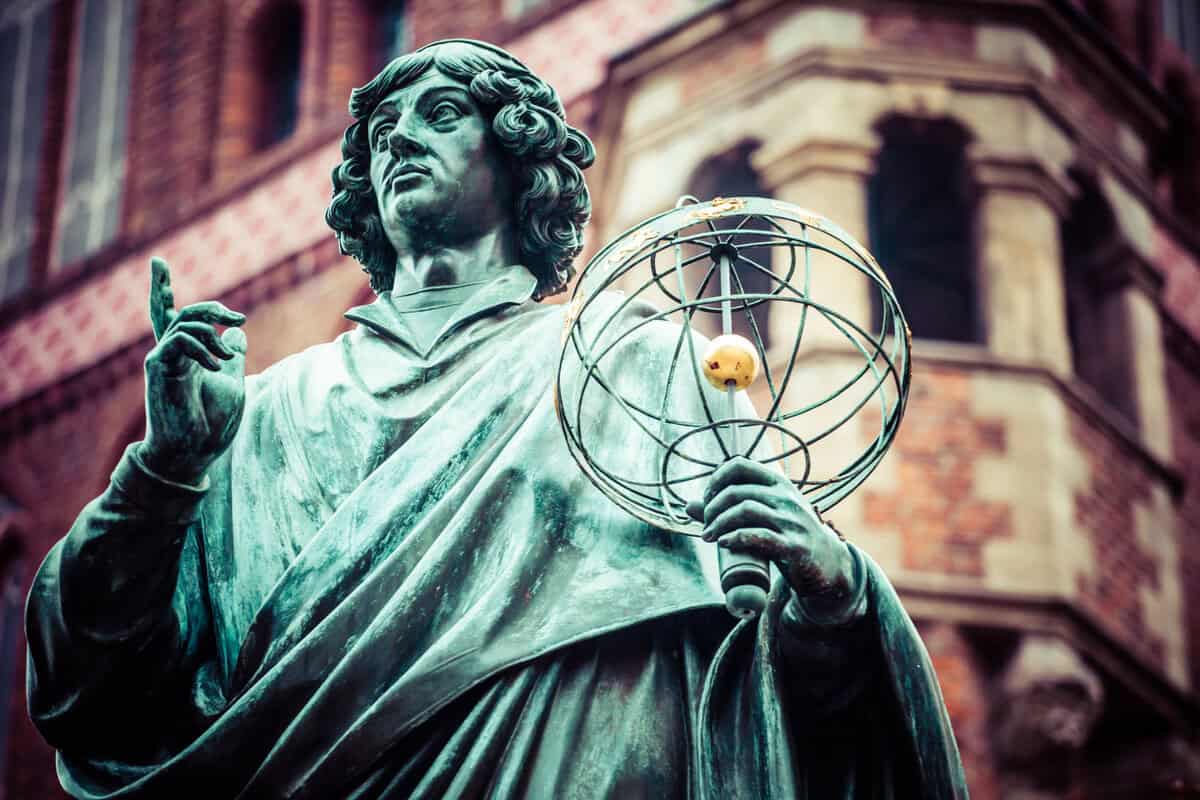
Born Maria Skłodowska in Warsaw, Curie moved to Paris to pursue science and made history by discovering radioactivity, radium, and polonium (named after Poland). She was the first woman to win a Nobel Prize, and the only person ever to win in both physics and chemistry.
Frédéric Chopin, one of the most celebrated composers of the Romantic period, was born in Żelazowa Wola. Though he spent much of his life in Paris, his music is deeply rooted in Polish folk melodies and national themes. Today, Warsaw hosts summer concerts in his honor, and his heart, literally, is preserved in a church pillar in the capital.

Pope John Paul II in Kraków, 1983 (Image: Wikimedia Commons)
Born Karol Wojtyła in the small town of Wadowice, he became the first non-Italian pope in over 400 years. Pope John Paul II played a critical role in encouraging the Solidarity movement in Poland, which contributed to the fall of communism across Eastern Europe. He was canonized in 2014 and remains a figure of unity and faith worldwide.
Poland adopted its first constitution on May 3rd, 1791, just four years after the US. It was the first of its kind in Europe and introduced reforms aimed at strengthening civil rights and limiting the monarchy’s power. Though short-lived, it’s now celebrated as a symbol of democratic ambition.
“The Constitution of 3 May 1791 was a brave attempt to save a weakening state. At a time when kings ruled almost alone in most of Europe, Polish reformers and the king worked together to create a law that shared power and protected citizens’ rights.“
Poland is a country where centuries of history meet rapid technological progress. Beyond its cultural heritage, it has become one of Europe’s fastest-growing hubs for technology, innovation, and skilled software talent. Higher education in Poland is tuition-free for citizens, which means more young people pursue STEM fields without massive debt. This steady pipeline of graduates fuels Poland’s reputation as one of Europe’s fastest-growing tech hubs.
The business environment also makes Poland highly attractive to global companies. Competitive salaries paired with EU-level compliance standards encourage outsourcing and foreign investment. Major cities such as Warsaw, Kraków, and Wrocław now host thriving startup ecosystems, with incubators and accelerators driving growth in sectors like fintech, gaming, health tech, and AI.
International technology leaders, including Google, Microsoft, Intel, and IBM, have established research and development centers in the country, reinforcing its position as a digital powerhouse. Reliable infrastructure, English-speaking professionals, and government support for innovation further strengthen Poland’s reputation as one of Europe’s leading technology ecosystems.
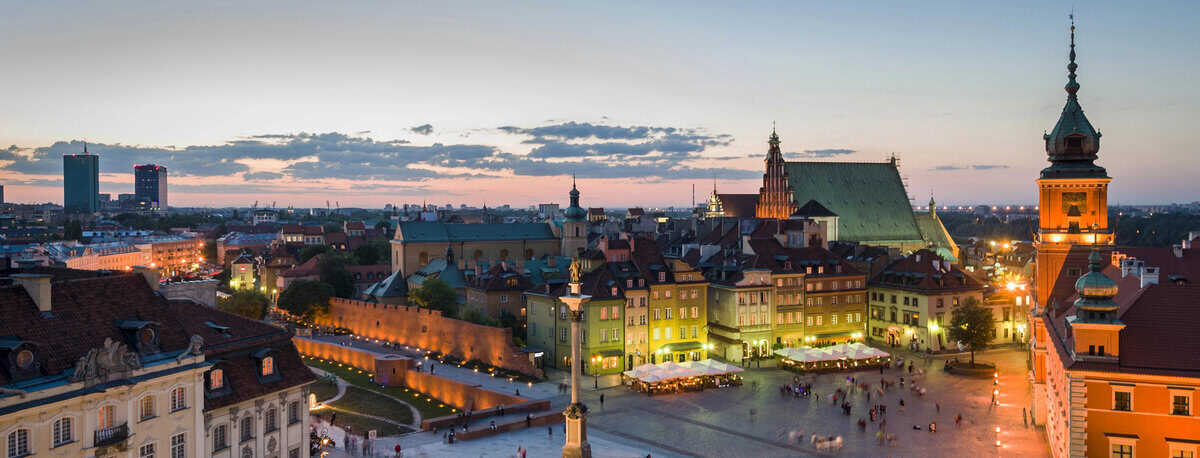
Polish developers consistently rank among the best in the world. According to the HackerRank report, Poland scores in the top five globally for coding proficiency, especially in Java, Python, and algorithmic problem-solving. The country’s deep pool of engineers makes it a prime location for tech outsourcing and product development.
Major tech companies, including Google, Intel, IBM, and Microsoft, have established R&D centers in Polish cities like Warsaw, Kraków, and Wrocław. These hubs support everything from cloud architecture and machine learning to cybersecurity and automation, drawing on local expertise and international collaboration.
Polish developers are not only technically skilled but also highly adaptable to international workflows. With excellent English proficiency and experience in distributed teams, many engineers are sought after by companies in the US, UK, and Western Europe.
Need help building a remote tech team in Poland?
DevsData LLC has helped international companies successfully recruit senior-level engineers from Poland, including DevOps experts, full-stack developers, and product leads. With deep market knowledge and strict technical vetting, we ensure that clients connect with talent that’s both skilled and culturally aligned.
Poland is a country of contrasts, and that’s exactly what makes it so fascinating. You’ll find medieval castles standing next to sleek tech campuses, centuries-old traditions alive in a fast-paced digital world, and a cultural spirit that has not only survived adversity but emerged stronger because of it.
Whether you’re wandering through underground salt cathedrals, listening to Chopin beneath Warsaw’s trees, foraging mushrooms in ancient forests, or hiring a software engineer from Kraków to lead your next product sprint, Poland offers a rich, multi-layered experience.
So the next time you hear about Poland, look beyond the clichés. Behind the pierogi and postcards is a country constantly reinventing itself – proudly, quietly, and with purpose.
Frequently asked questions (FAQ)
DevsData – your premium technology partner
DevsData is a boutique tech recruitment and software agency. Develop your software project with veteran engineers or scale up an in-house tech team of developers with relevant industry experience.
Free consultation with a software expert
🎧 Schedule a meeting
FEATURED IN


DevsData LLC is truly exceptional – their backend developers are some of the best I’ve ever worked with.”
Nicholas Johnson
Mentor at YC, serial entrepreneur


 Build your project with our veteran developers
Build your project with our veteran developers
 Explore the benefits of technology recruitment and tailor-made software
Explore the benefits of technology recruitment and tailor-made software
 Learn how to source skilled and experienced software developers
Learn how to source skilled and experienced software developers




Categories: Big data, data analytics | Software and technology | IT recruitment blog | IT in Poland | Content hub (blog)
